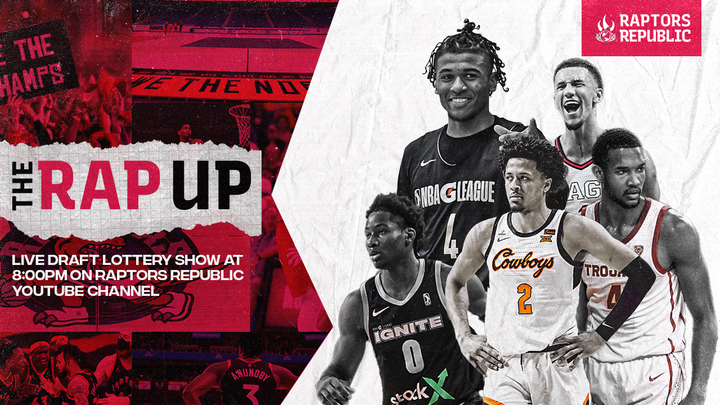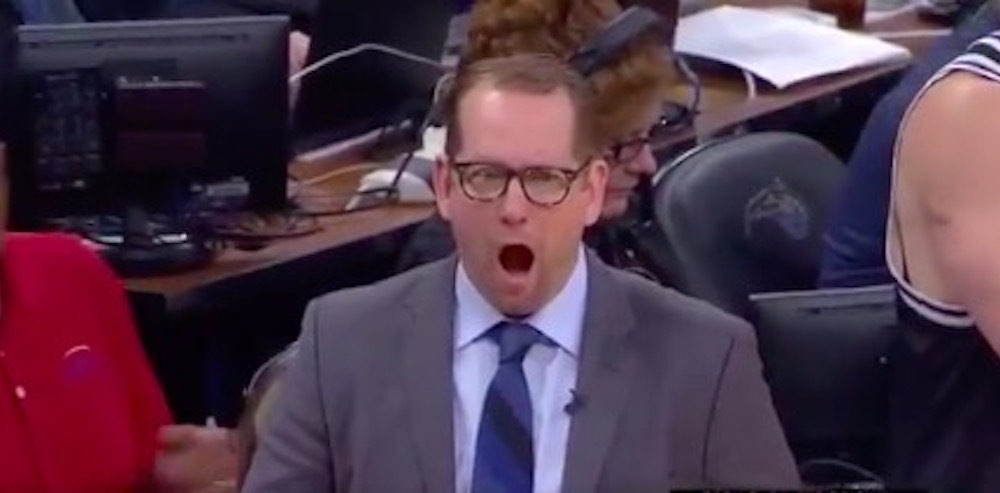Last season’s band-aid signings at the center position of Alex Len and Aron Baynes, making up for the losses of Marc Gasol and Serge Ibaka, did not work out. Len was waived after seven games, while Baynes regressed heavily from his season in Phoenix, while being relegated to DNP-CDs in 16 of the last 19 games. Luckily, Toronto comes into free agency with some available cap space (and the ability to create quite a bit). The upgrade at the five position may just be Richaun Holmes, previously of the Sacramento Kings. The 27 year old is coming off a sterling 2021 campaign in Sacramento, averaging 14.2 points per game on 63.8 effective field goal percentage, nabbing 8.3 rebounds, 2.5 offensive boards, and 1.6 blocks a game. Chris Boucher is Toronto’s only big man with guaranteed money through next season. While the free agency big man market is not amazing this year, Holmes is coming off a career year in the prime of his career. He is the best unrestricted free agent center on the market, as the others are the likes of Cody Zeller, Enes Kanter, Robin Lopez, or Daniel Theis. Holmes is younger and far more talented, so if the Raptors want to dip into the free agency pot to solve their center position, he is their best option.
The arrival of Khem Birch for the last 19 games of the season stabilized a lot of the deficiencies the Raptors had (for example, simply catching the basketball!) and it’s important to note that the front office generally likes him. He is coming off a contract that paid him only $3 million last year and will not command the money Holmes would in the open market.
Louis noted earlier in the season on Birch’s improvement despite not having a defined skillset. Both Birch and Holmes are solid in a lot of areas. Statistically, they both do the same things well, but the crucial difference is the athleticism of Holmes and the benefit that rostering Holmes would give the Raptors in the transition. Holmes finished 26 alley-oops last season while the whole big man rotation of the Raptors had 19! Here’s the scouting report on how he’d fit with the Raptors.
Energy & Rebounding:
Coming out of Bowling Green in 2015, Holmes was an energetic, physical player, albeit with a raw skill set.
That has changed the past two seasons, as the 6’10”, 235-pound big man has thrived with the fast-paced Kings and benefited from De’Aaron Fox’s wizardry at the point. The Kings were second in the league in points added per 100 possessions in transition last season, and Holmes was a big reason why. He is constantly moving on both ends of the court and can catch defenders napping for easy putbacks. The energy he gives never seems to wane. It’s Mo Farah-esque. Holmes has a knack for getting into the right spot for the board. It helps that he has the size to battle down low, with a 7’1.5” wingspan and 9’ standing reach. His rebounding numbers do not jump off the page, but he is solid in that area. Solid is what is needed for the Raptors, as they struggled prior to the arrival of Birch. They finished 28th in the league last season in rebounding. Holmes would be the most athletic big man the Raptors have had for a long time and would undoubtedly improve their rebounding woes.
Shooting:
Holmes is not a traditional pick-and-pop big man, having shot a grand total of 11 threes last season and making two. However, he does have a useable jump shot, and his flip shot floaters are lethal, as he utilizes them on the roll typically when the defender is playing in drop coverage. He shot 58 percent in the short mid-range (4-14 feet) and 52 percent in the long mid-range (14 feet-three-point line) last season.
He is also a surprisingly good free throw shooter, connecting on 79 percent on the season and 74 percent in his career, including one game against the Boston Celtics this year where he went 10/12 from the line in a win. There is still time for him to grow into a decent 3-point shooter considering his percentages from the long mid-range, but do not expect him to be firing away multiple jumpers a game right off the bat.
He makes quick decisions and doesn’t bog down possessions with post ups, as 84.9 percent of his shot attempts were made less than 2 seconds after touching the ball last season. It makes him more valuable in the offense because the speed of his decisions allows the team to maintain advantages that his higher-usage teammates create.
Development:
Holmes started his career in Philadelphia and was a part of those Hinkie Process teams. That may have been a blessing in disguise, as he was able to play consistent minutes and work through his mistakes — something that would not have been available had he been on a playoff contender. Since Phoenix picked him up in 2018, his development has been striking. He has been starting more games, playing more minutes, and growing his passing game, shooting stroke, and defensive repertoire. He has done all this without ever playing in a good basketball system. His years in Philadelphia had him surrounded by G-League players, while his time in Phoenix was under one-and-done coach Igor Kokoskov. And in Sacramento, he has been coached by Luke Walton, who led the Kings to last in defensive points per possession and 20th the year before. Nick Nurse would be his best coach by a mile. He is also right in the prime of his career, age-wise, as he will turn 28 in October. He has suffered some major injuries, most notably a shoulder tear in 2019-20 that caused him to miss 25 games, but nothing that should dissuade Toronto.
Defensive Game:
Holmes has shown flashes of his ability to defend multiple positions. His athleticism enables him to match up on wings and bigger guards. He isn’t an out-and-out stopper, but it’s not like the opposition is hunting him every possession. He is very springy, with a high vertical leap, and he can make up for getting blown by rising to block a layup attempt. His effort is a sight to behold, and he won’t give up on a play.
The Fit:
It was recently reported that Holmes is looking for a contract in the neighbourhood of 4 years/ $80 million, which is similar to what Fred VanVleet, Malcolm Brogdon and Danilo Gallinari got last season. Twenty million a year is a lot of money for a center, but Holmes would be an instant starter and would undoubtedly benefit from playing alongside VanVleet in the pick n roll. It would also allow Boucher to come off the bench and punish bench big men, which is well suited for him. I would be intrigued to try some lineups with both Boucher and Holmes. They have similar strengths, and the block numbers with both on the floor would be stratospheric; furthermore, Boucher could play more on the perimeter which could open the paint for Holmes to feast. The main rub would be how Holmes fits with Pascal Siakam. He would be the most skilled frontcourt partner Holmes has ever had — he was matched with Marvin Bagley Jr and Harrison Barnes the majority of last season. The good news is that Sacramento does not have full bird rights on Holmes and has functionally $3 million in cap space, so in a theoretical bidding war, Toronto would have more pathways to opening the required cap space. However, there are other teams out there with more cap space that could use Holmes, as Charlotte ($30+ million in space) has only Vernon Carey Jr. at the five spot, while the San Antonio Spurs and their $50 million in space may like to upgrade athletically from Jakob Poeltl. Does the pull of the vaunted Raps’ development system sway Holmes? Or is he simply looking to cash in as much as possible, considering he has only grossed $15 million total in his six seasons in the league?
The free agency moratorium period starts August 3, and that is when we will find out.
Are there any other unrestricted free agent big men that you think the Raptors should sign? Let me know in the comments as I will run through two restricted free agent big men the team should sign next time!



